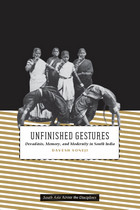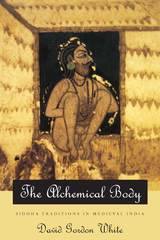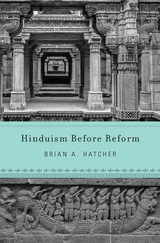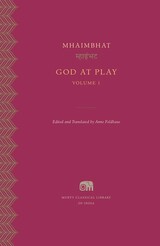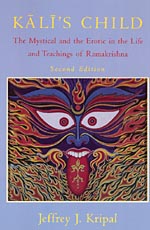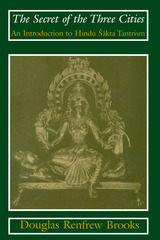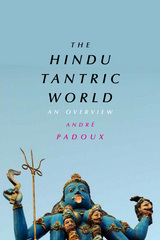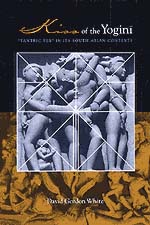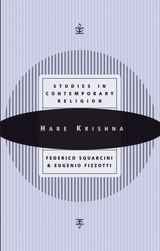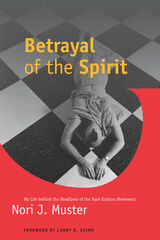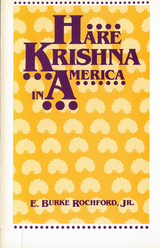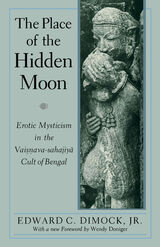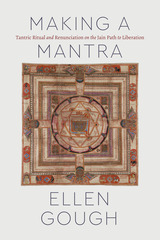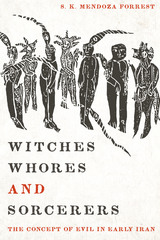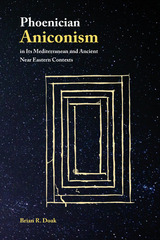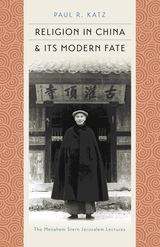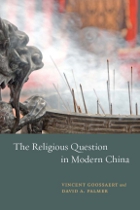Hare Krishna In America
Rutgers University Press, 1985
Paper: 978-0-8135-1114-6
Library of Congress Classification BL1285.842.R63 1985
Dewey Decimal Classification 294.5512
Paper: 978-0-8135-1114-6
Library of Congress Classification BL1285.842.R63 1985
Dewey Decimal Classification 294.5512
ABOUT THIS BOOK | AUTHOR BIOGRAPHY | TOC
ABOUT THIS BOOK
You have seen them dancing and chanting on street corners or soliciting donations in airports. Their shaven heads, long robes, and sense for the dramatic set them apart from others around them and generate curiosity, sometimes mistrust, wherever they appear.
Sociologist E. Burke Rochford, Jr., began his study of the Hare Krishna movement in America in the mid-1970s, only to find himself increasingly drawn into the movement even as he struggled to maintain a critical distance. Convinced to wear beads, chant, and take part in religious ceremonies, as well as to move in for occasional stays, Rochford found his new form of devotion a cause of concern for his family, friends, and colleagues. Participation in the movement's activities, however, enabled him to experience from within the forces at play between a society often intolerant of religious deviation and a religion dedicated to the continual recruitment of new followers.
Rochford uses several different sociological approaches--the life history of a single devotee, analysis of male-female recruitment patterns, surveys of members, and extensive field notes--to present he reader with a vivid portrait of the Hare Krishna movement as it has developed and changed in the first twenty years of its existence.
Sociologist E. Burke Rochford, Jr., began his study of the Hare Krishna movement in America in the mid-1970s, only to find himself increasingly drawn into the movement even as he struggled to maintain a critical distance. Convinced to wear beads, chant, and take part in religious ceremonies, as well as to move in for occasional stays, Rochford found his new form of devotion a cause of concern for his family, friends, and colleagues. Participation in the movement's activities, however, enabled him to experience from within the forces at play between a society often intolerant of religious deviation and a religion dedicated to the continual recruitment of new followers.
Rochford uses several different sociological approaches--the life history of a single devotee, analysis of male-female recruitment patterns, surveys of members, and extensive field notes--to present he reader with a vivid portrait of the Hare Krishna movement as it has developed and changed in the first twenty years of its existence.
See other books on: America | Hare Krishna | International Society for Krishna Consciousness | Religion | Rochford, E. Burke
See other titles from Rutgers University Press

